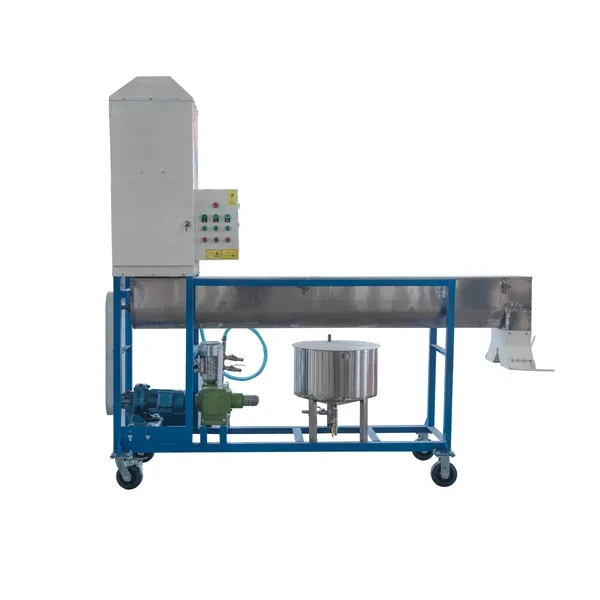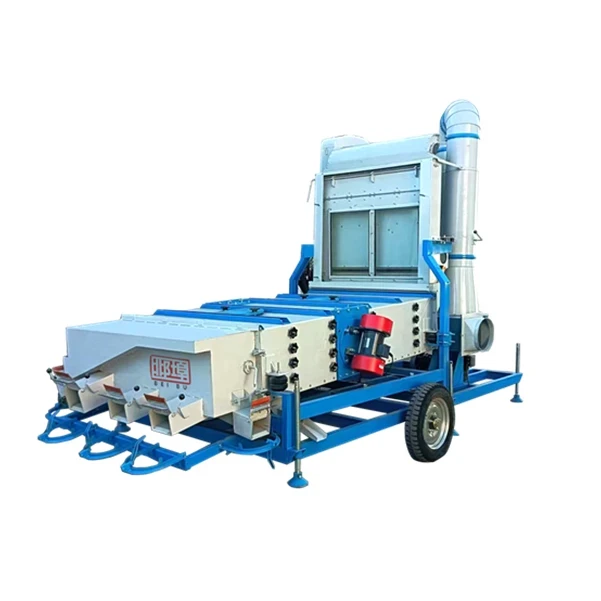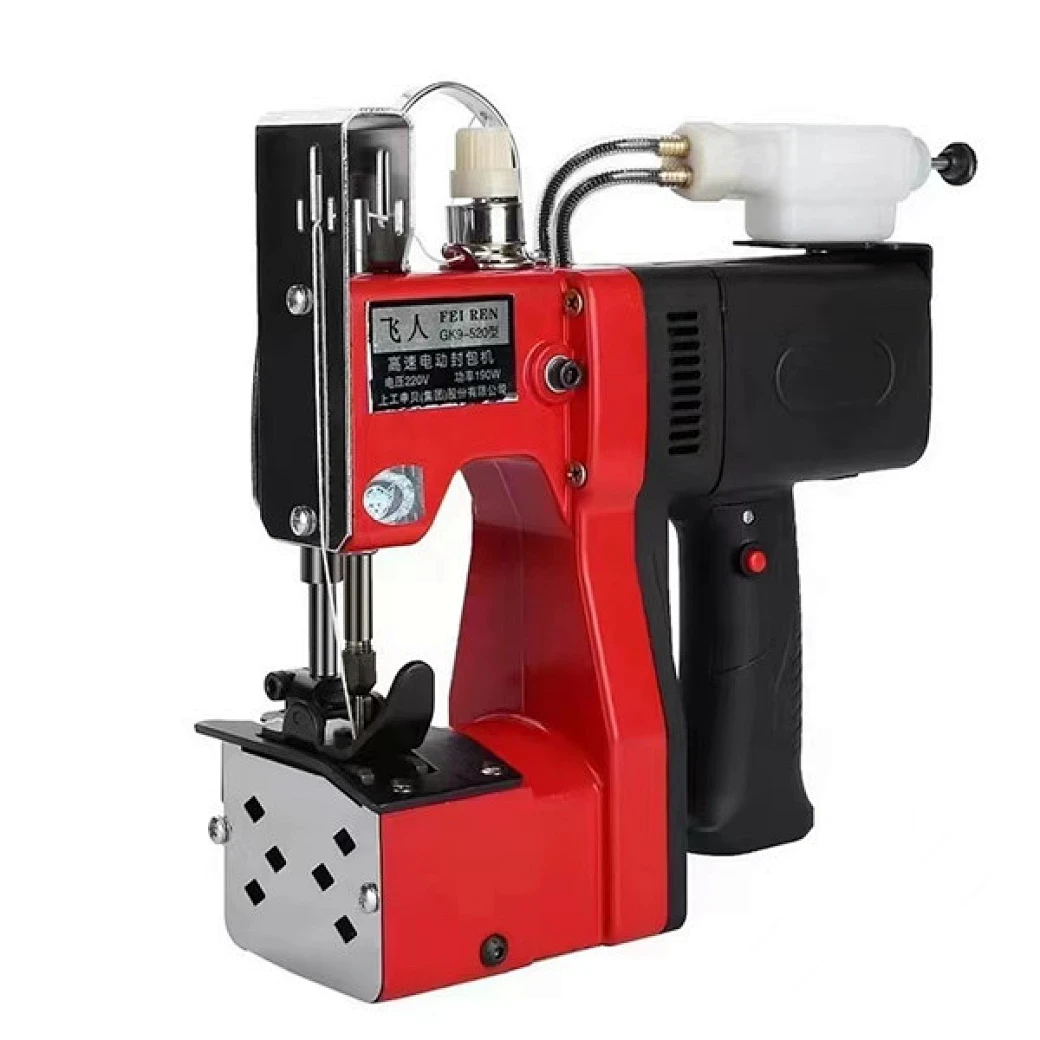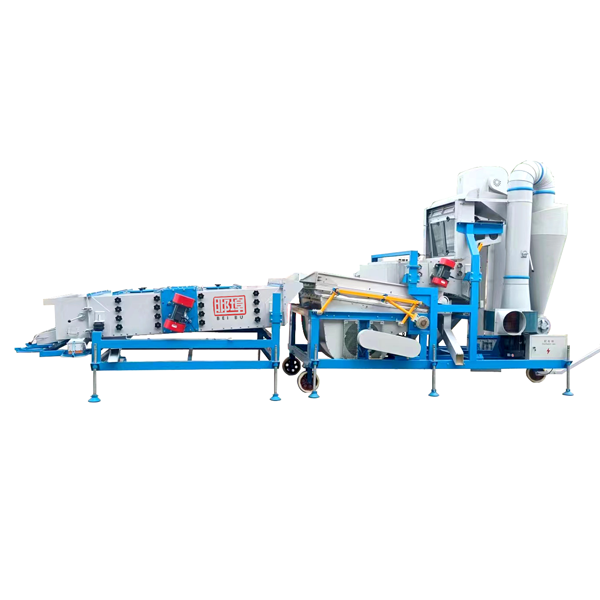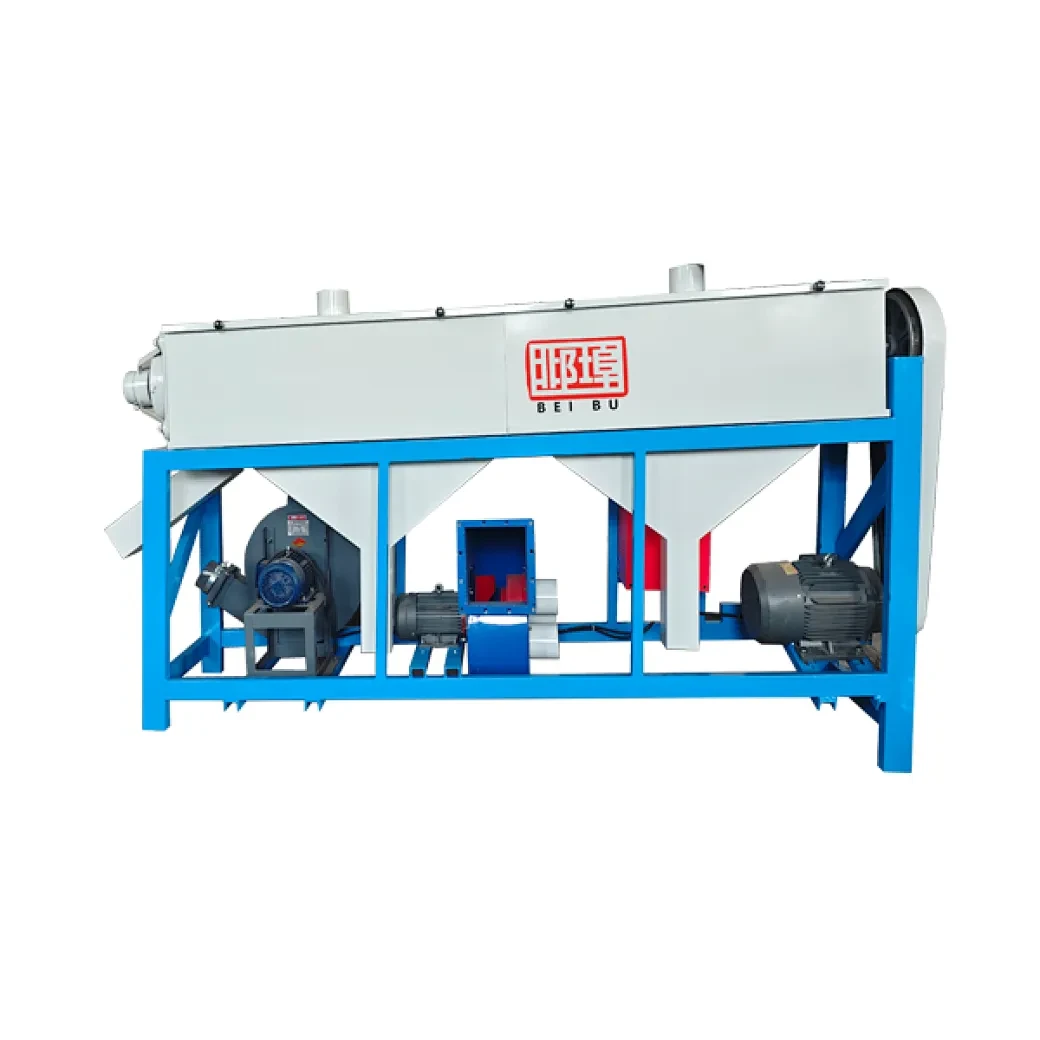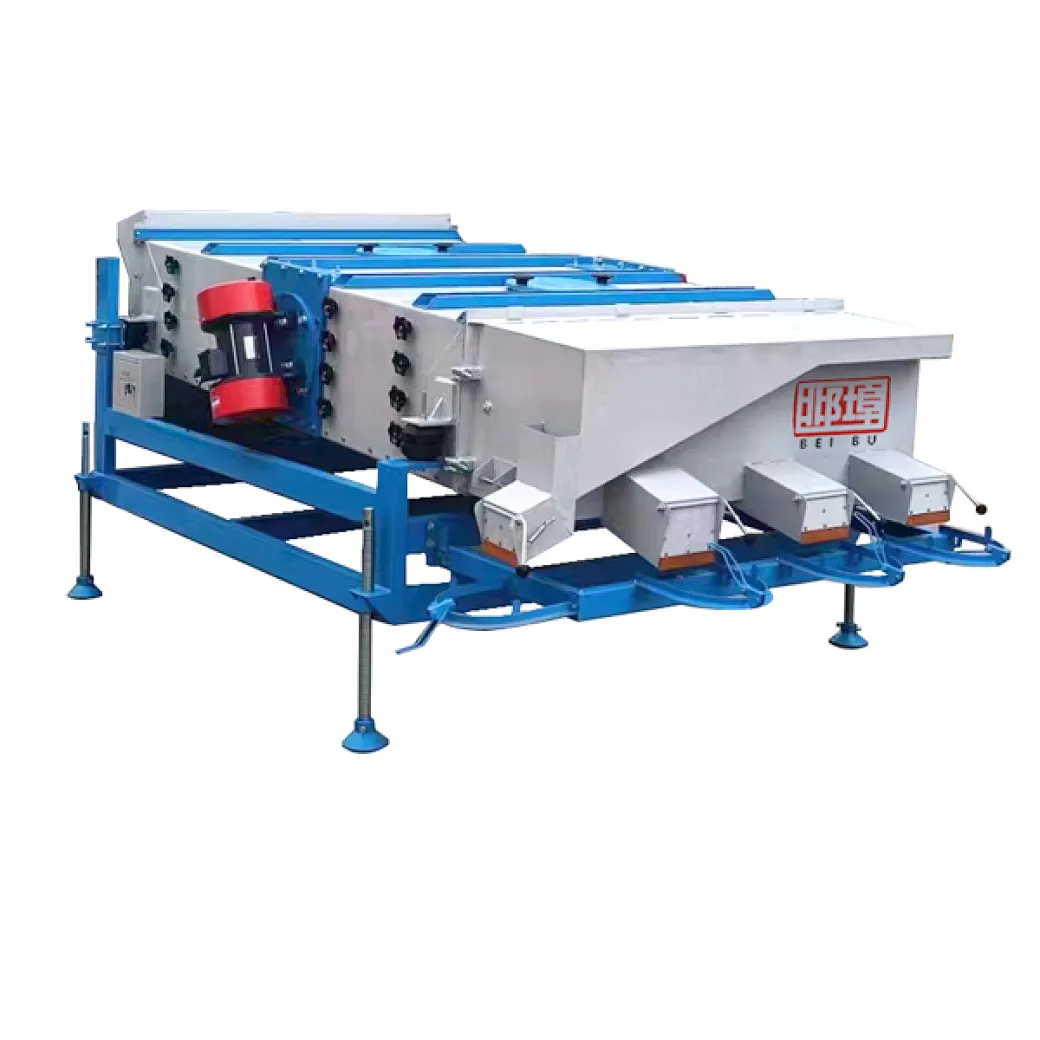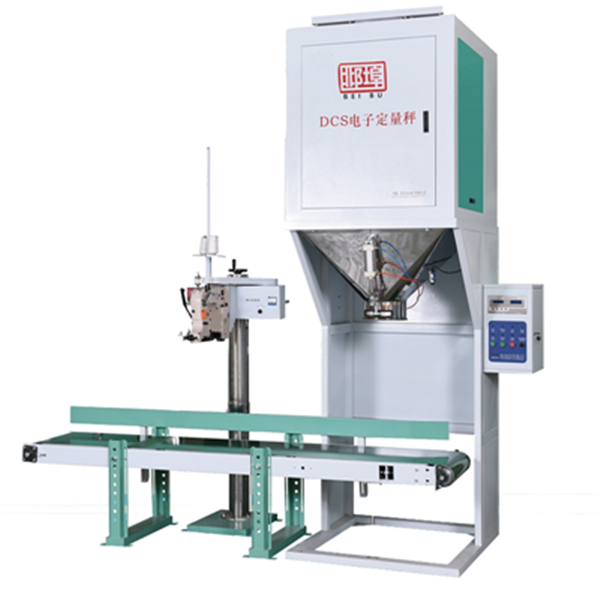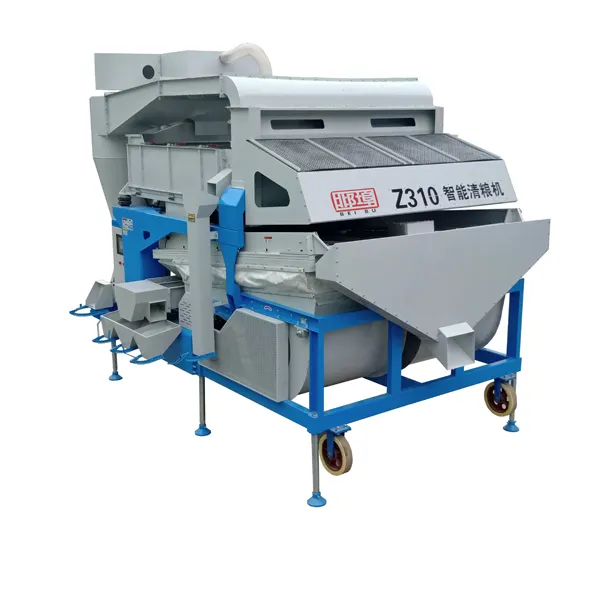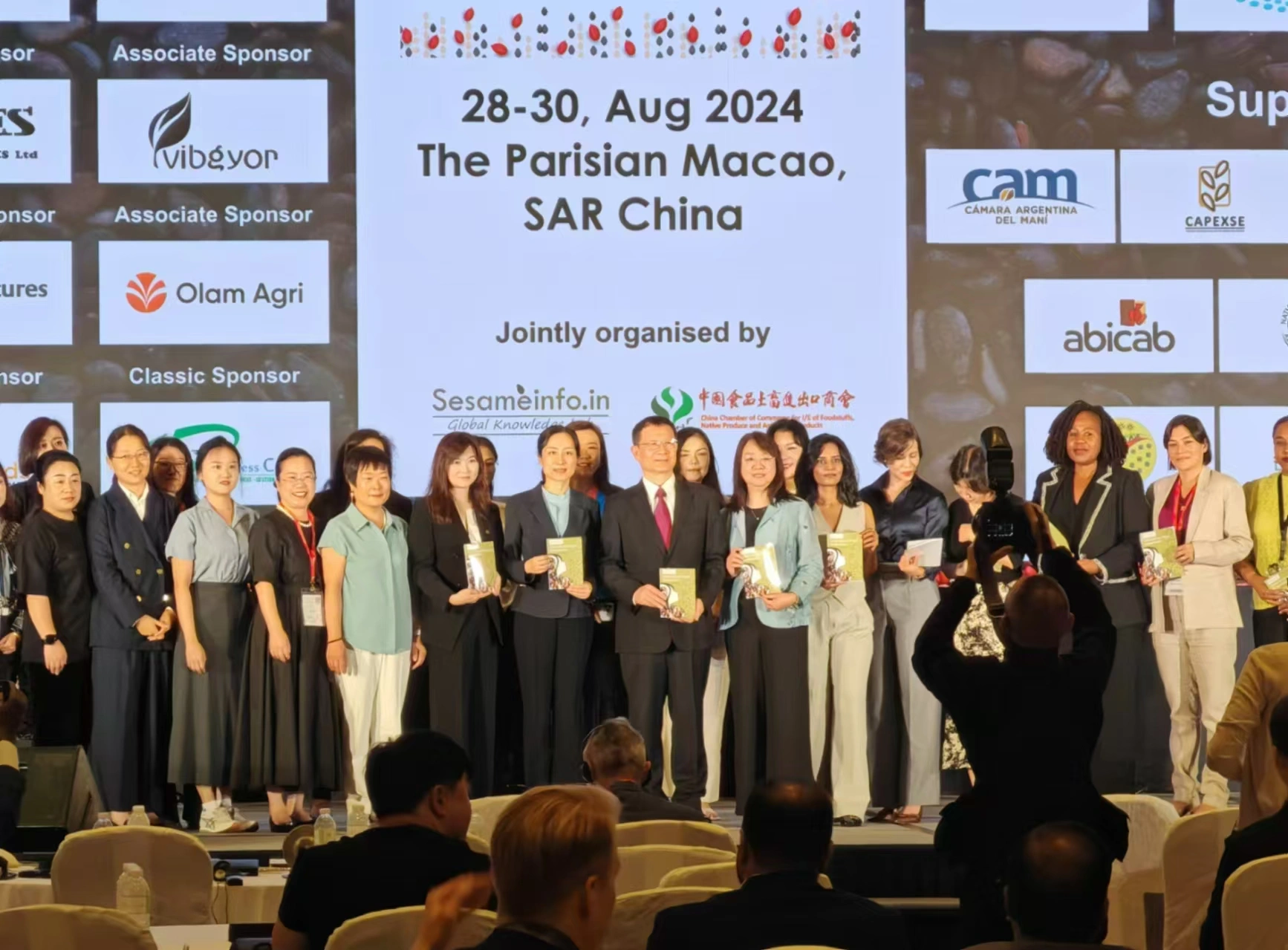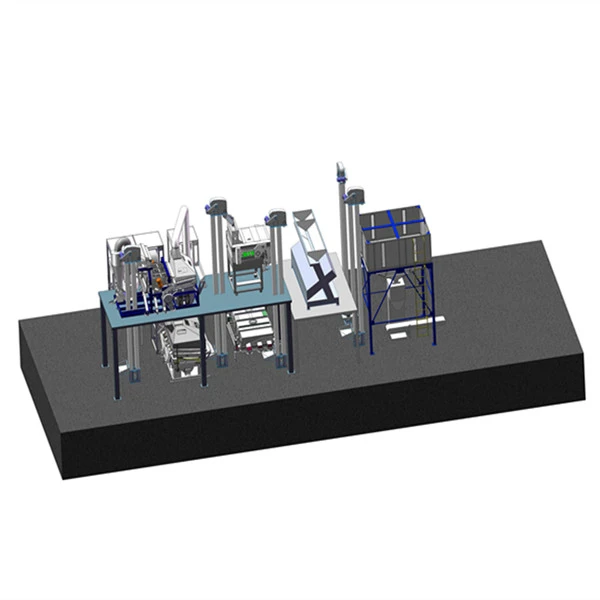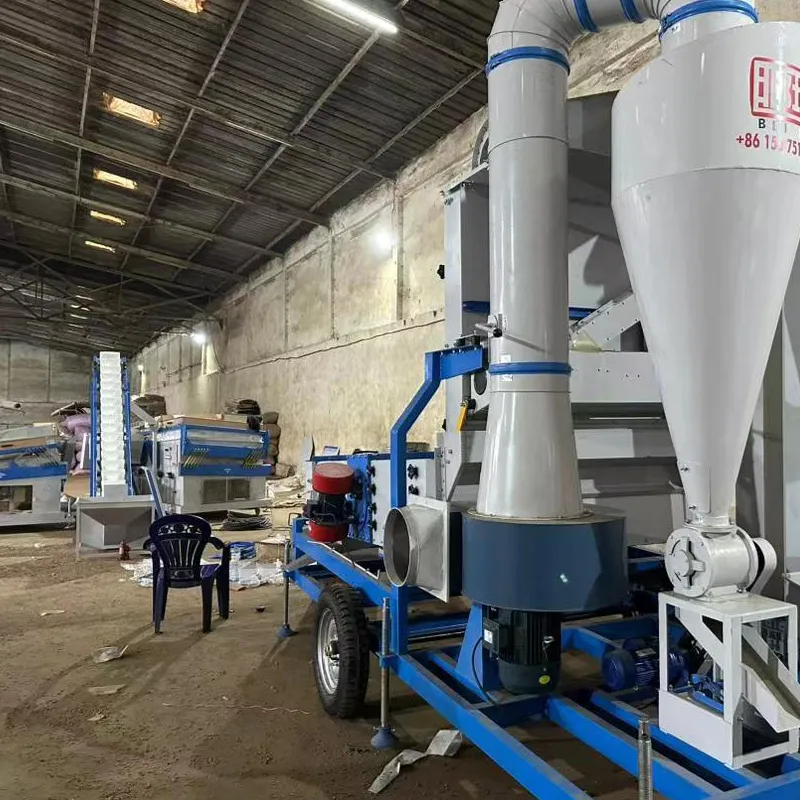
Belgede, tarımsal bilim ve teknoloji güçlerinin koordineli araştırmalarının teşvik edilmesi önerildi.
Yerel koşullara göre gelişmiş üretim faktörlerinin toplanmasına öncülük etmek ve yeni kaliteli tarımsal üretkenlik geliştirmek için bilimsel ve teknolojik yeniliği kullanın. Temel temel teknolojilerin atılımını hızlandırmayı, tarımsal bilimsel araştırma kaynaklarının koordinasyonunu güçlendirmeyi ve önde gelen tarımsal bilim ve teknoloji işletmelerini yetiştirmeyi hedefleyin.
Tohum endüstrisi canlandırma eyleminin derinlemesine uygulanması, "Güney Silikon Vadisi" gibi büyük tarımsal bilimsel araştırma platformlarının rolüne yer verilmesi ve bir dizi çığır açan çeşidin fethinin hızlandırılması. Biyolojik ıslahın endüstrileşmesini teşvik etmeye devam edin.
Tarımsal makine ve ekipmanların yüksek kaliteli gelişimini teşvik edin, yerli gelişmiş ve uygulanabilir tarım makine ve ekipmanlarının araştırma ve geliştirmesini ve uygulamasını hızlandırın ve eski tarım makinelerinin hurdaya çıkarılmasını ve güncellenmesini teşvik edin. Akıllı tarımın gelişimini destekleyin ve yapay zeka, veri, düşük irtifa ve diğer teknolojilerin uygulama senaryolarını genişletin.
Uzun yıllardır HEBEI BEIBU MAKİNA TEKNOLOJİSİ CO.,LTD tahıl ve tohum temizleme makinelerinin tasarımı ve geliştirilmesi, üretimi ve işlenmesi, satışı ve servisi ile uğraşmaktadır. Bir dereceye kadar, yetiştirme şirketlerinin yeni ürünlerin araştırma ve geliştirilmesini teşvik etmesine yardımcı olabilir. Aynı zamanda, gıda güvenliğinin sağlanmasına önemli bir katkıda bulunur.
Bir yetiştirme şirketinin üretim süreci genellikle aşağıdaki temel adımları içerir:
1. Hedef belirleme
Pazar talebi analizi: Pazar talebine göre verim, hastalık direnci, kalite vb. ıslah hedeflerini belirleyin.
Üreme hedefi belirleme: Verimi artırma, stres direncini iyileştirme veya kaliteyi iyileştirme gibi belirli üreme yönlerini netleştirin.
2. Germ plazma kaynağının toplanması ve değerlendirilmesi
Germ plazma kaynak koleksiyonu: Dünyanın dört bir yanından mükemmel özelliklere sahip germ plazma kaynaklarını toplayın.
Germ plazma kaynak değerlendirmesi: Toplanan kaynakların özelliklerini değerlendirin ve üreme hedeflerini karşılayan materyalleri eleyin.
3. Ebeveyn seçimi ve melezleme
Ebeveyn seçimi: Melezleme için tamamlayıcı özelliklere sahip ebeveynleri seçin.
Melezleme: Melez yavrular elde etmek için ebeveynleri yapay veya doğal yollarla melezleştirme.
4. Yavru taraması ve değerlendirmesi
Erken tarama: Hedef özelliklere sahip bireyleri erken nesillerde tarayın.
Saha denemeleri: Performanslarını değerlendirmek için farklı ortamlarda saha denemeleri yapın.
Laboratuvar analizi: Mükemmel bireylerin taranmasına yardımcı olmak için moleküler belirteçler ve diğer teknolojilerin kullanılması.
5. Çeşit stabilite testi
Çok noktalı test: Çeşidin adaptasyon ve stabilitesini değerlendirmek için farklı bölgelerde çok noktalı testler yapılır.
Çok yıllık test: Özelliğin istikrarını sağlamak için çok yıllık testler yapın.
6. Çeşit onayı ve tescili
Çeşit onayı: Ulusal veya bölgesel çeşit onay prosedürünü geçin.
Çeşit tescili: Onay tamamlandıktan sonra çeşidi tescil ettirin ve pazar erişim yeterliliğini alın.
7. Tohum üretimi ve işlenmesi
Orijinal tohum üretimi: Yüksek saflıkta orijinal tohumlar üretmek.
Tohum işleme: Tohumların temizlenmesi, sınıflandırılması, kaplanması ve kaliteyi garanti altına almak için diğer işlemler.

8. Pazarlama ve satış
Pazarlama: Yeni çeşitlerin tanıtım alanları, teknik eğitimler ve diğer yöntemlerle tanıtılması.
Satış: Bayiler aracılığıyla veya doğrudan çiftçilere satış yapın.
9. Satış sonrası servis ve geri bildirim
Teknik rehberlik: Çiftçilere ekim konusunda teknik rehberlik sağlamak.
Geri bildirim toplama: Çiftçilerden geri bildirim toplayın ve yetiştirme stratejilerini iyileştirin.
10. Sürekli iyileştirme
Yetiştirme planının ayarlanması: Yetiştirme planını piyasadan gelen geri bildirimlere ve bilimsel ve teknolojik gelişmelere göre ayarlayın.
Yeni teknoloji uygulaması: Üreme verimliliğini artırmak için gen düzenleme gibi yeni teknolojilerin tanıtılması.
Temel teknolojiler ve araçlar
İşaretleyici destekli seçilim (MAS): Mükemmel özelliklerin taranmasını hızlandırın.
Genomik seçilim (GS): Seçilim doğruluğunu artırın.
Gen düzenleme teknolojisi: CRISPRCas9 gibi, hedef özellikleri doğru bir şekilde iyileştirir.
Büyük veri ve yapay zeka: Yetiştirme kararlarını optimize edin.
Özet
Islah işletmelerinin üretim süreci, pazar talebini karşılayan yüksek kaliteli çeşitlerin yetiştirilmesini amaçlayan, çok sayıda bağlantı ve teknolojinin kapsamlı bir şekilde uygulandığı karmaşık ve sistematik bir süreçtir.
Yukarıdaki yedinci adımda, makinelerimiz gereklidir. Yalnızca manuel seçim bu kadar büyük miktarda işi tamamlayamaz. Bu nedenle bu şirketlerin komple bir set satın alması gerekir tohum işleme üretim hatlarıBunlara hava filtresi temizleyici, taş ayırıcı, manyetik ayırıcı, g dahildir.ravity ayırıcı, tohum kaplama makinesi ve paketleme makinesi vb. Bu makinelerin farklı isimleri ve farklı işlevleri vardır. Her makine tohumlardan bir veya daha fazla kirliliği giderebilir. Birleşimleri sayesinde, tohum temizleme üretim hatlarının tam bir setini elde edebilirsiniz.
Mevcut koşullar altında, ülke yetiştirme şirketlerinin gelişimini teşvik ediyor ve aynı zamanda ürünlerimizin daha fazla satış elde etmesini sağlayabilir. Daha fazla sorunuz varsa lütfen bizimle iletişime geçin. haman@hebeibu.com
04 Temmuz 2024
14 Eylül 2024
Orta Sonbahar Festivali ve Hasat
01 Eylül 2024
Beibu Machinery, 2024 Çin Uluslararası Susam Konferansı'na katıldı
02 Ocak 2025
07 Kasım 2024
Susam ve Fasulye Temizleme İşleme Hattı-Hebei Beibu Makine Teknolojisi A.Ş.,LTD
08 Mayıs 2024
kahve çekirdekleri temizleme hattı kuruluyor
Beibu Makineleri
Ürünlerimizle ilgileniyorsanız, bilgilerinizi buraya bırakabilirsiniz; en kısa sürede sizinle iletişime geçeceğiz.


